What you should know before coming to Venice
Are you planning to visit the legendary laguna city? Or did you decide to spend your Erasmus year or semester abroad in Venice? Good decision! The city is namely wonderful! However it is also somewhat distinct as you can well imagine even beforehand.
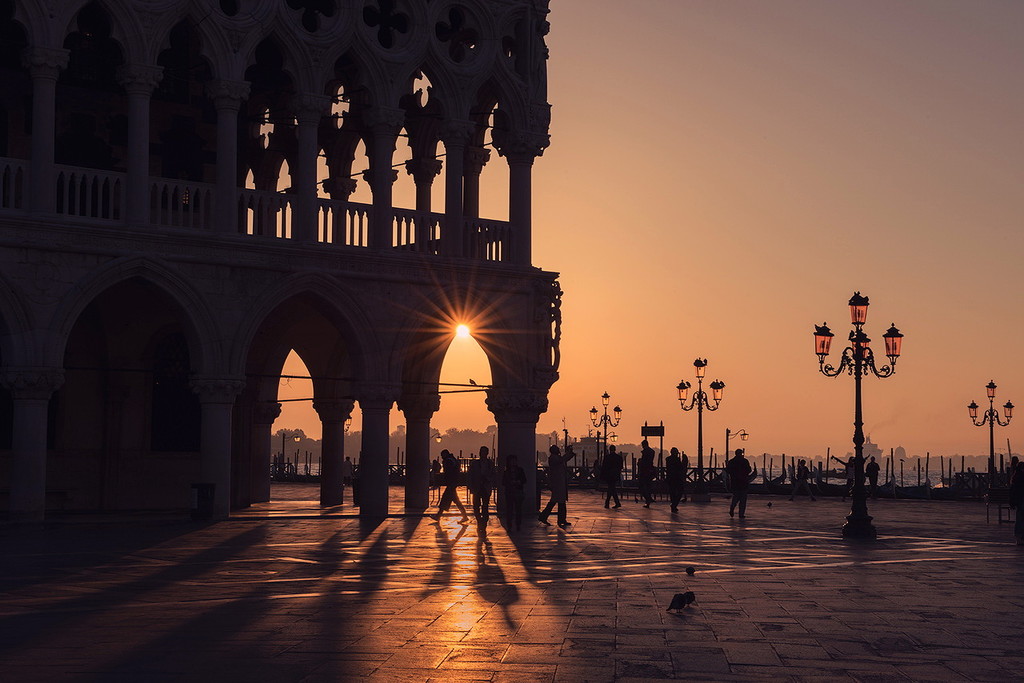
A romantic views and intense sunsets await you in the Serenissima.
In order to ease your journey there I've prepared a few tips, which might prove helpful even before your arrival in the city.
1. Venice and Mestre
Venice itself, often describes as "Venezia Centro", is the island complex in the form of a fish located in the centre of the venetian lagoon. Other islands are situated around it, like the mainland, which also serves as a periphery of Venice itself.
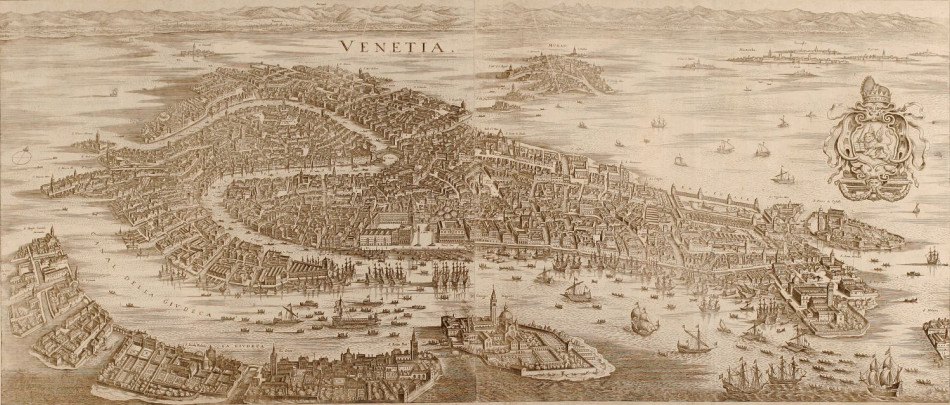
Since the city is a complex of several islands connected together there is never a possibility of wandering too far (because the island is of a certain size and has certain capacities, if you understand my meaning). In the event of many other European cities the city area grew larger and larger over the centuries as more and more people moved to the city to live and to work, but Im not writing an article about urban development now (even if it were highly interesting). The point is that in the case of Venice the mainland takes on the role of outskirts or outlying suburbs. Many people live in Mestre or Marghera, but come every day to Venice for work.
So if you're on the lookout for a temporary accommodation in Venice, should it be a hostel, hotel or airbnb, then look freely in "Venezia Mestre". In Venice itself the accommodation possibilities are very expensive. There are a few hostels in Venice, but they cost at the very least 30 euros per night and are a truly horrible experience. Filth, noise, unfriendly personell, terrible beds, cockroaches and similar awaits you there. I know, its much cooler and more romantic to reside in the "Serenissima" itself, but for as long as you haven't won the lotto or have an extremely good job you'll be much better of staying in Mestre.
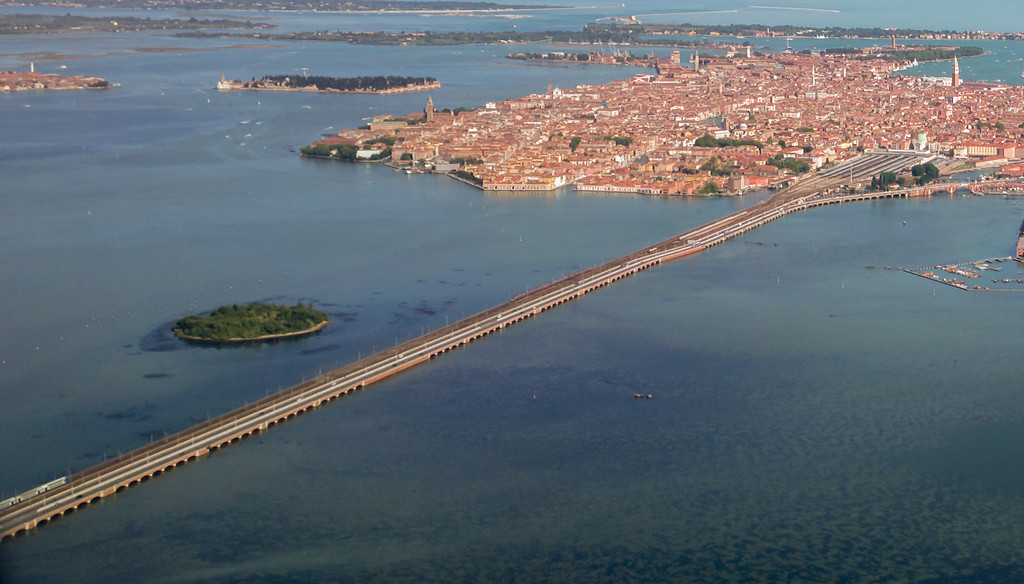
Busses, that leave for Venice at 10-minute-intervals (during the day sometimes even shorter intervals) drive from the entire Mestre and Marghera. Even through the night there are continuous busses and the tickets are not that expensive either (1, 50 euros per ride). So no reason for despair if you can only find overpriced offers in Venice itself.
2. Tourist-traps
Its probably overall known that Venice is a tourist magnet. And what happens when a city attracts many tourists? The tourist are, at every turn, ripped off with an endless offer of overpriced food, staggering ticket prices for public transport and nonsensical souvenirs, which are falsely labelled as authentic.
In some cases there is unfortunately very little to be done about it if you'd like to visit and see the inside of the Palazzo Ducale. In that case you'll just have to pay the 19 euros ("only" 12 if you're a student). Theres unfortunately no way around that, but in some cases you can avoid the "tourist tax".
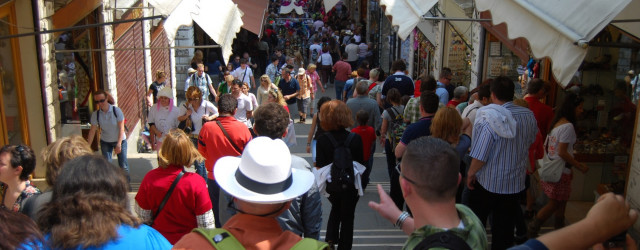
- Don't eat in restaurants, its not worth it. Unfortunately normal citizens earning a normal income can't afford a quality restaurant meal. Be on the lookout for a nice Bacaro (if you're interested read my article on venetian Bacari ) or shops offering street food and eat your meal in one of the many suggestive Campi. In Venice its much more romantic to eat on the street than in a restaurant.;)
- Avoid public transportation. Sure, if you're wishing to visit Murano, Burano or the Lido then you have no choice (swimming is really not advisable). The tickets will set you back 7 euros per ride so over the course of a few days thats quite an expensive pleasure. However the lagoon city is not very large so its easy to go anywhere on foot (even if you happen to get lost from time to time, you'll get to know the city even better). If you've got your heart absolutely set on a drive with the Vaporetti then take the 24-hour-ticket, which will cost you 20 euros. Organise your plan precisely in such a case. For example if you validate your ticket on a Saturday around 13:00 then you can use it until Sunday 13:00 and you'll get not only one day, but an additional morning as well. Capito?
- Don't let yourself be seduced by the many shops. Scattered through the entire city there are an infinite number of shops to be found, selling souvenirs of every type. Products made from Murano-glass are especially popular, but if they're originals the prices are very high. In other words: anything that is cheap is fake. Don't buy anything from street vendors (they offer mostly handbags and knick-knack), because its illegal!
- If you're a student ask for discounts. No matter where! Rule of thumb Nr 1!
3. High water
Well, my darlings, its no myth, sometimes the entire city is under water. If you're visiting Venice in the summer months then you needn't worry much, but especially between November and March the probability of encountering high water is very high. if you're staying for a longer time in Venice then you can register on
Homepage of the commune to receive predictions about high water via SMS or Email, but should you be staying for only a few days then simply take care to review the weather forecast.

But attention, the high water is not dependant on rain. Often it does rain during the "Acqua Alta", but fundamentally high water a result of the tides. To be precise, the high water occurs when high tide in connection with a south wind Scirocco comes and stays from 2 to 3 hours.
Should it be looking like high water then pack some wellingtons to be on the safe side. Without them things can get very grim indeed. The street vendors always sell bag-like shoe covers, which rupture and break after 10 minutes, and your shoes get soaked in the water. Don't underestimate the situation. Sometimes the water can reach up as high as to the knees.
4. Means of transportation
The best way to get around in Venice is on your own two feet. The city is wonderful and even the non-tourist areas are truly worth a visit. Even only for that reason is going on foot already worth it. I know, the narrow twisting alleyways can often seem confusing and give one a feeling similar to being inside a labyrinth, but stay strong and use your sense of direction (beside your urge for discovery). Moreover there are yellow signs fixed through the entire city, which show the way to the most important locations such as, for example, "Stazione" (railway station), "Piazzale Roma", "Rialto"or "San Marco". If you follow them you'll always get to your destination in the end.
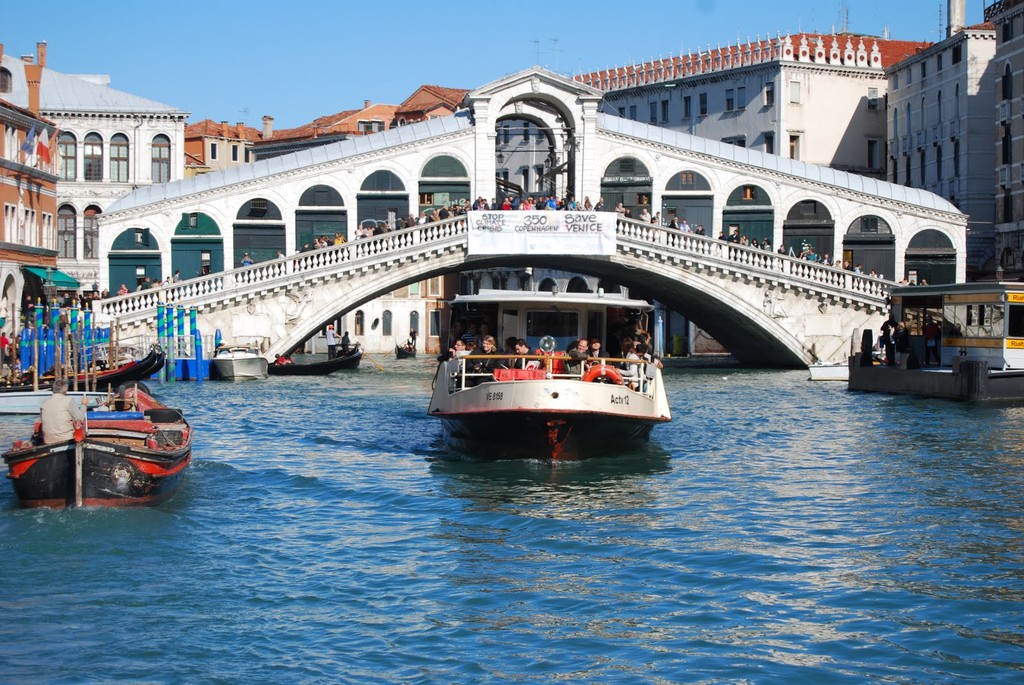
As already said, you can use the Vaporetti (like buses only they're boats), but I wouldn't recommend it unless you need to travel wide distances or you'd like to reach the other islands. In the event that you already have a ticket then use the float to view the Canal Grande from the boat. The number 1 and 2 drive the complete length of the Canal Grande (but the number 2 doesn't stop at every station along the way). Best you sit in the back of the boat, where a few seats are offered in the open, and you can enjoy the breathtaking and picturesque view!
One more thing: by no means take a water Taxi! At least not if you're a student or an ordinary mortal. One ride will cost you upwards from 100 euros. A gondola ride is not exactly cheap either. One hour will leave you 80 euros lighter.
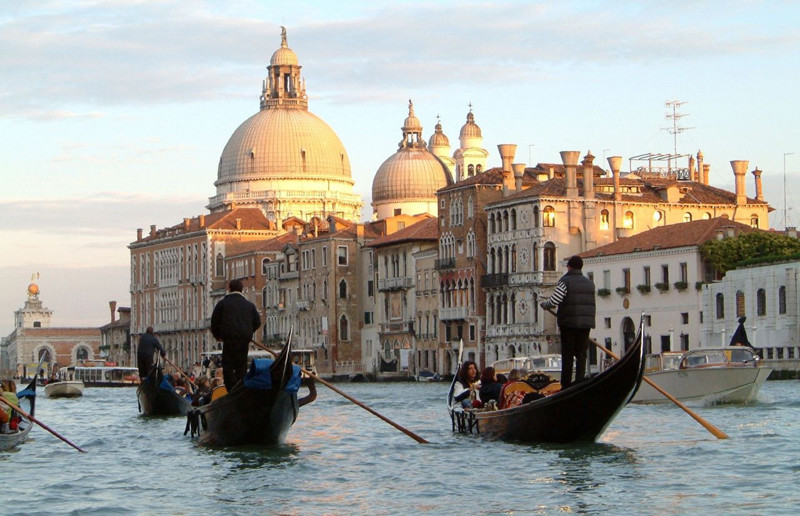
5. Culture
I implore you, take a look at a travel guide, find some information on the internet and at least read through what Wikipedia has to say about the La Serenissima. The city has an incredible history (as incredible as its present) and there are countless churches, museums, monuments, views, stories and other things to discover and to visit. I know, culture isn't everyone's cup of tea, but why visit Venice if you're not at least a tiny bit interested in it? The city is after all not only a compilation of canals, gondolas and old bridges, but much, much more. However you will only be able to discover this if you inform yourself a little.
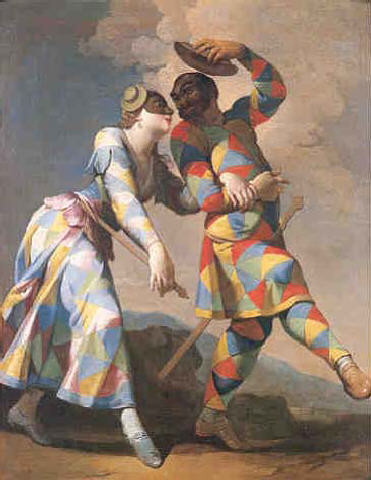
Venice was, for example, a fundamental component in the historical evolvement of theatres. The theatre form of the Commedia dell'arte was common and widespread through the whole of Italy, but it traces its origins to Venice, thanks to an actor called Il Ruzzante. Even its most important and characteristic reform found its stage in Venice as well. Not for nothing does the dramaturg Carlo Goldoni have his own statue in front of the Rialto-bridge.
For art as well, Venice is an important platform. Especially in Renaissance times venetian artists like Tiziano, Bellini, Tintoretto or Giorgione were pioneers of the painting evolution occurring in Europe. Even in the 17. and 18. century, as Italy already handed over its sceptre to France, Italian artists, such as Tiepolo on a traditional rail, as well as Francesco Guardi and Canaletto on a wave of innovation, ensured that Italy would forever make a name for herself in the art history books.
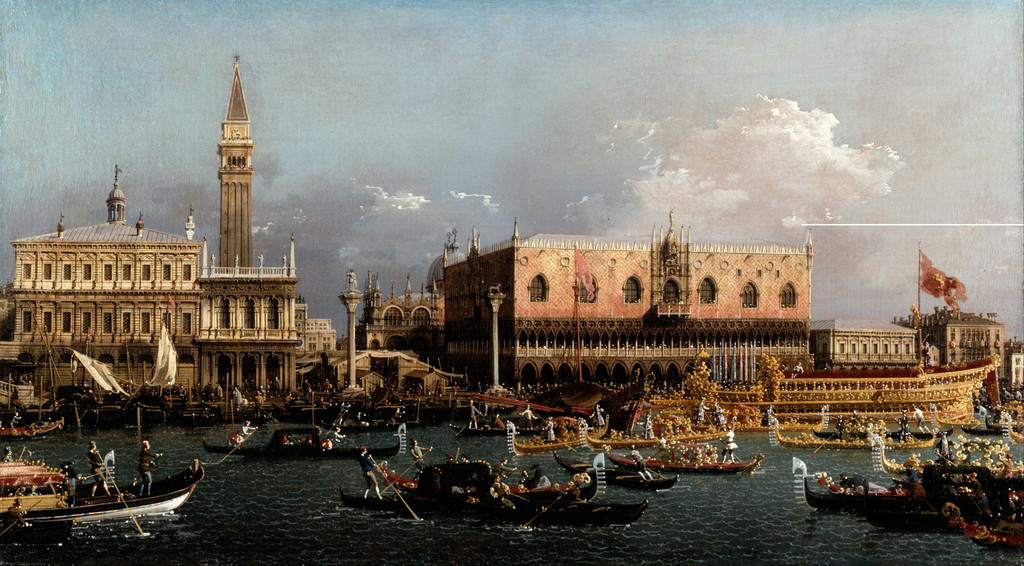
Visit the museums, the churches and the theatres without fear of ever being bored. You don't need to visit everything the city has to offer, but a certain variety will certainly delight you. A small tip: if you're dreaming of a romantic evening at the venetian opera house La Fenice then show up at the door (the box office) of the opera house one hour before the show starts and you can get the remaining (left over) tickets for only 10 euros a piece (and not only students! ).
And that's already it with my tips! Ill leave the rest up to you to discover, it will certainly prove more fun that way. I hope these words of advice have been of some use to you. Have a very nice time and enjoy your stay in the lagoon city!
Photo gallery
Content available in other languages
Want to have your own Erasmus blog?
If you are experiencing living abroad, you're an avid traveller or want to promote the city where you live... create your own blog and share your adventures!
I want to create my Erasmus blog! →
























Comments (0 comments)